For the first time water has been detected in mineral samples from the surface an asteroid. Researchers at Arizona State University in the US examined tiny grains from the surface of the peanut-shaped asteroid Itokawa, which were collected during the Japanese space agency Jaxa’s Hayabusa mission and returned to Earth in 2010.
Cosmochemists Ziliang Jin and Maitrayee Bose were given access to five specks of dust less than 10µm in diameter, which they analysed using a nanoscale secondary ion mass spectrometer, an instrument capable of measuring tiny quantities of material with great sensitivity. They were able to detect water in particles of the silicate mineral pyroxene, despite the asteroid having being subjected to high temperatures and collision events.
Itokawa is one of a class of asteroids called silaceous – or S-type – asteroids, which are abundant in the asteroid belt. The researchers say their findings suggest these supposedly ‘dry’ asteroids may contain more water than is currently assumed, and they calculated that as much as half the water in Earth’s oceans could have been delivered to the early planet by meteorite impacts. They are hopeful that future sample return missions, such as Nasa’s Osiris–Rex spacecraft that is due to start collecting samples from the asteroid Bennu next year – will offer more clues to the origin of Earth’s water.
References
Z Jin and M Bose, Sci. Adv., 2019, DOI: 10.1126/sciadv.aav8106


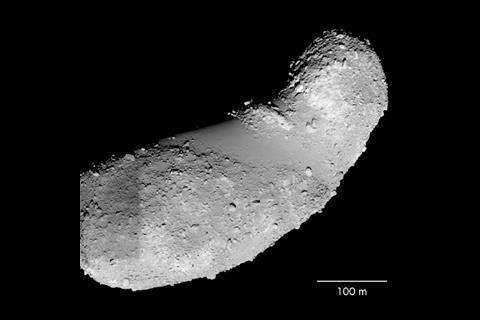
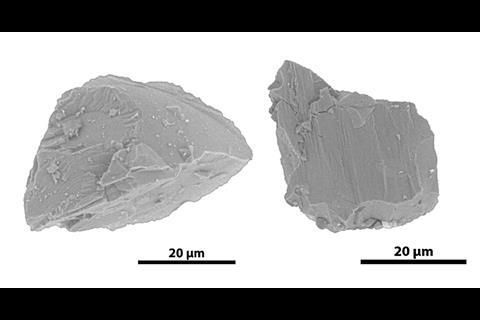




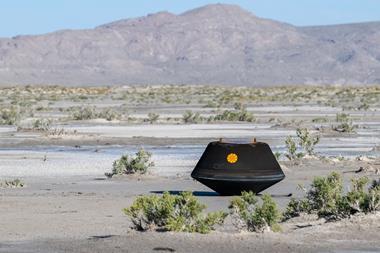
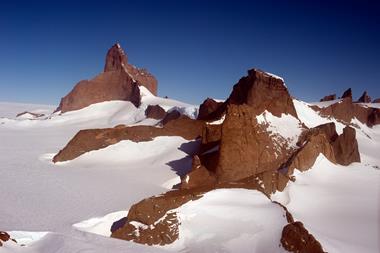
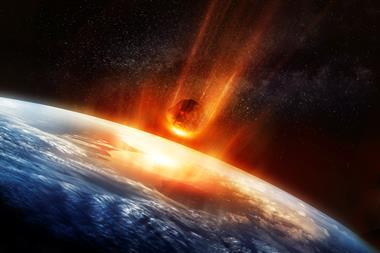

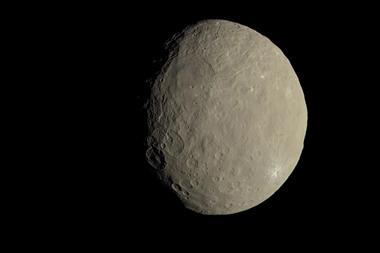






No comments yet